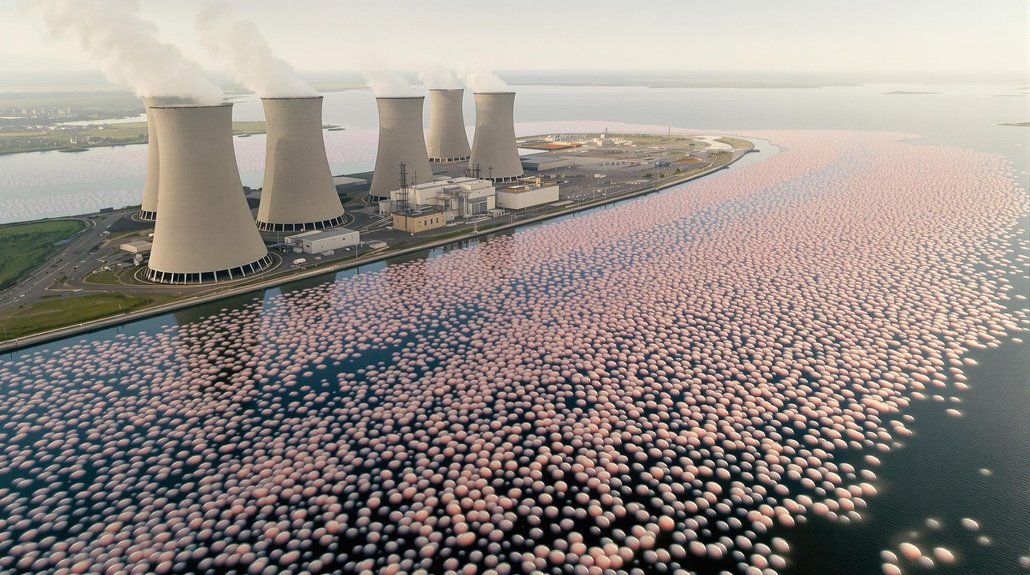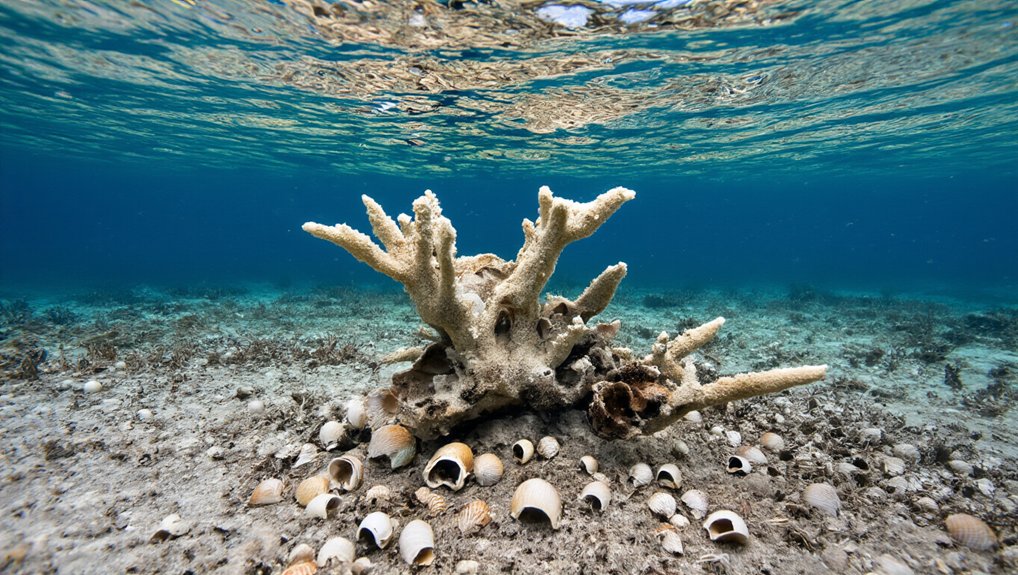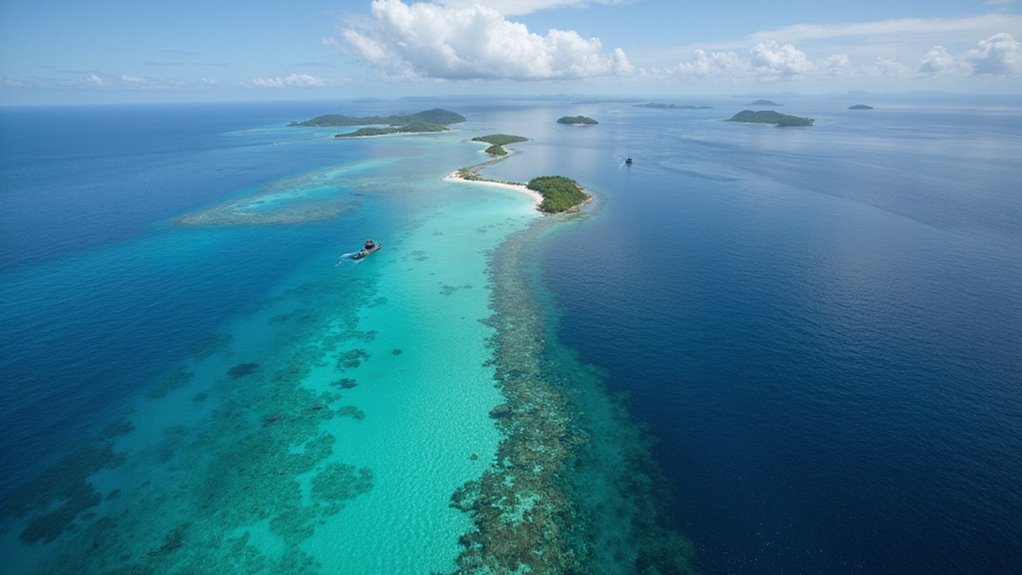Hordes of jellyfish stormed Western Europe’s largest nuclear power plant Sunday night, forcing four reactors to shut down automatically as they clogged critical cooling systems. The translucent invaders overwhelmed filter drums at the Gravelines facility in northern France, triggering automatic protection mechanisms that brought operations to a screeching halt. Talk about an unexpected enemy.
The gelatinous assault knocked reactors 2, 3, and 4 offline just before midnight, with reactor 6 succumbing to the blob brigade early Monday morning. The remaining two reactors? Already down for maintenance. Perfect timing, jellyfish.
EDF, the plant operator, insists there’s absolutely no danger to staff, the environment, or public safety. They’re calling the jellyfish presence “massive and unpredictable.” No kidding. The company expects power generation to resume by Thursday after completing necessary inspections and interventions. Just a minor inconvenience caused by brainless sea creatures.
Located between Dunkirk and Calais, Gravelines pulls cooling water through a canal connected to the North Sea. The six-reactor facility normally generates 900 MW per unit—quite the powerhouse until the jellyfish said otherwise. The plant has planned for two additional reactors to expand capacity by 2040.
Marine biologists point to rising sea temperatures as the culprit behind increased jellyfish blooms. Global warming, overfishing, and plastic pollution create perfect conditions for jellyfish to thrive. North Sea waters are warming, giving these creatures a wider reproductive window. The Asian Moon jellyfish, with no poisonous sting to humans, is one of the invasive species identified in these waters since 2020. Nature’s revenge, served cold and slimy.
The shutdown is rare but not unprecedented. Similar incidents have plagued nuclear facilities in Sweden and Japan. The last major jellyfish disruption at a French plant happened back in the 1990s.
EDF emphasized there’s no risk of power shortages, citing system flexibility and alternative generation sources like solar. The company plans to add two next-generation reactors of 1,600 MW each by 2040. Maybe they’ll install better jellyfish filters too.
For now, the jellies have proven that sometimes the biggest threats come without brains, bones, or battle plans.
References
- https://www.spacewar.com/afp/250811143956.j1w1kxpq.html
- https://www.hindustantimes.com/world-news/frances-biggest-nuclear-plant-loses-to-a-jellyfish-invasion-101754913622382.html
- https://today.rtl.lu/news/science-and-environment/a/2327892.html
- https://prm.ua/en/in-france-a-nuclear-power-plant-was-shut-down-due-to-a-jellyfish-invasion/
- https://www.bangkokpost.com/world/3085192/jellyfish-shut-french-nuclear-reactors-amid-heatwave







